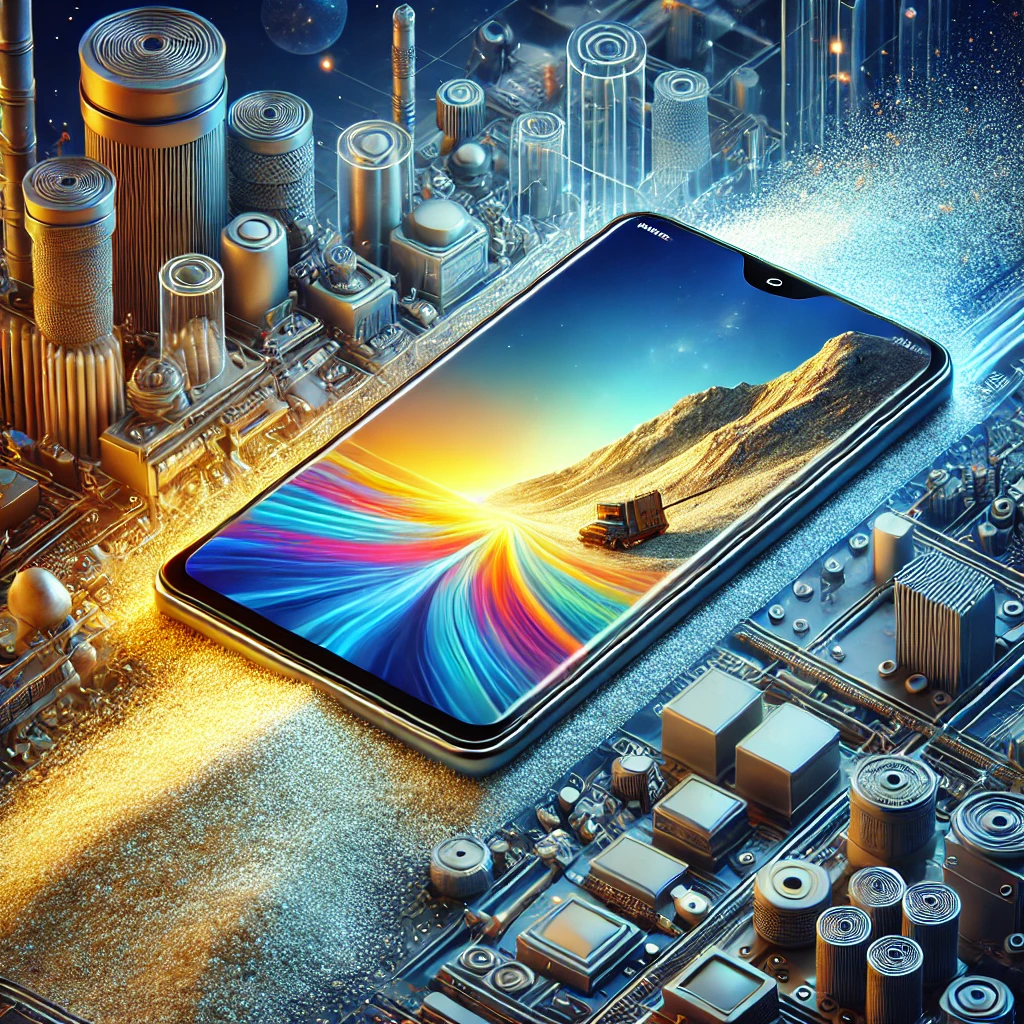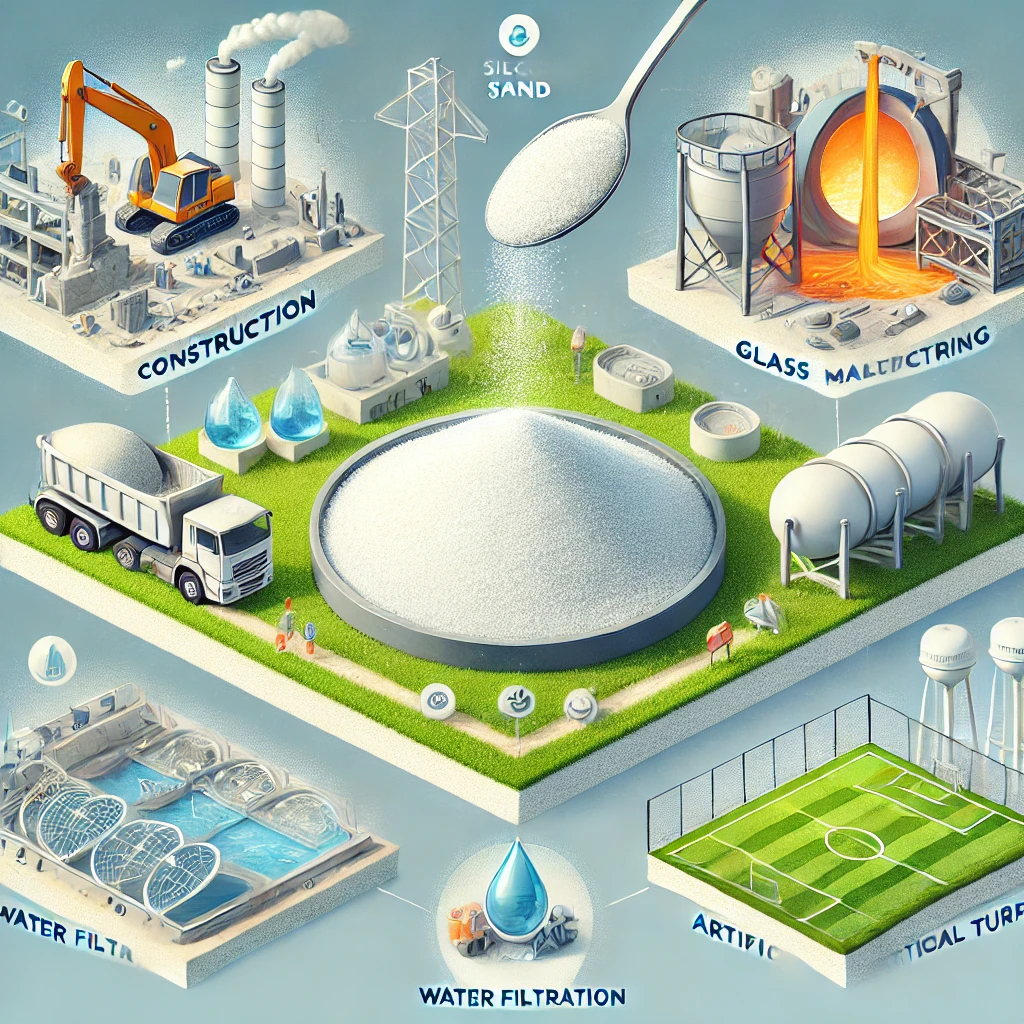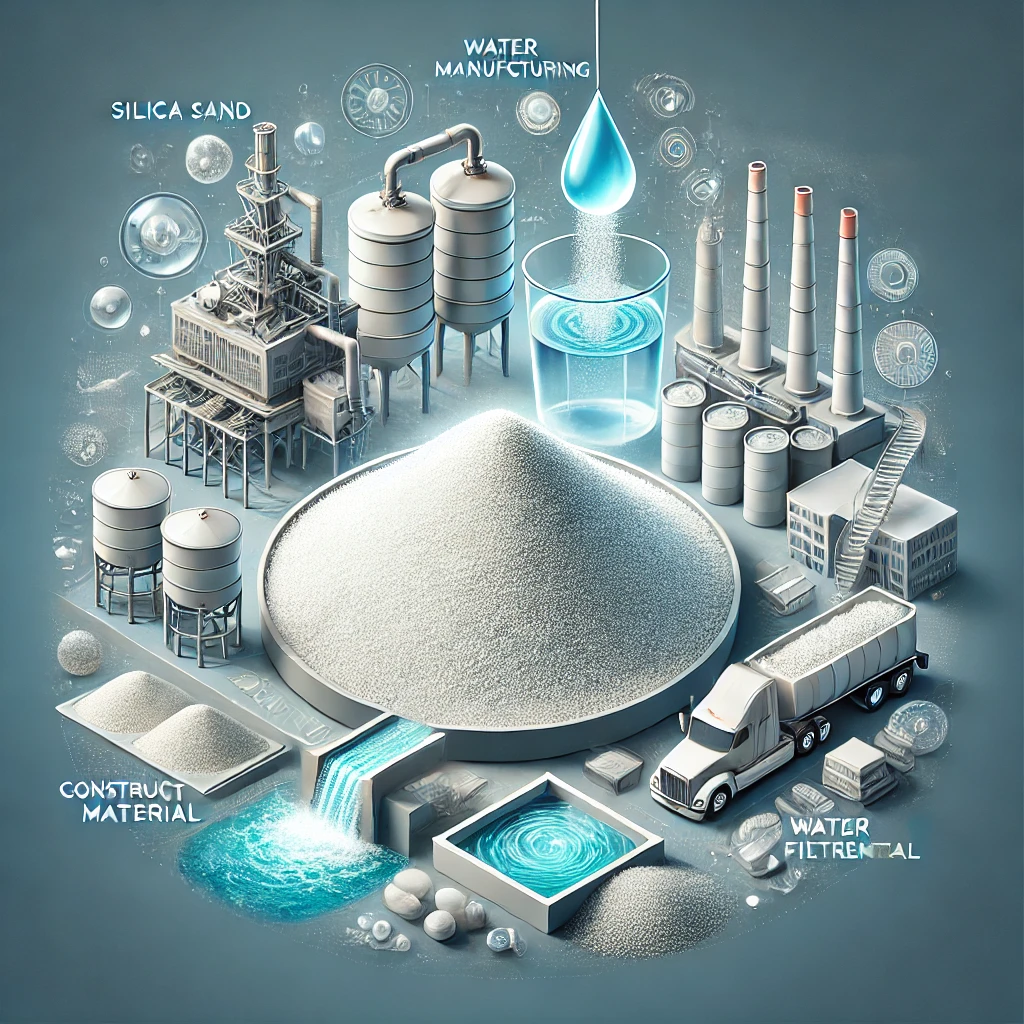Smartphone screens are among the most critical components of modern mobile devices, delivering stunning visuals while enduring daily wear and tear. At the heart of these screens lies silica sand, a vital material that provides the strength, clarity, and durability necessary for high-performance displays. This article explores how silica sand contributes to the production of smartphone screens and its role in advancing screen technology.
Why Silica Sand is Essential for Smartphone Screens
Silica sand, rich in silicon dioxide (SiO₂), is the primary ingredient in the production of glass in smartphone screens. Its unique properties, such as high transparency, heat resistance, and hardness, make it ideal for creating durable and visually impressive displays.
How Silica Sand is in Smartphone Screen Manufacturing
- Glass Production
- Silica sand is to produce ultra-clear and strong glass. This glass serves as the foundation for smartphone displays, ensuring optical clarity and impact resistance.
- Strengthening Processes
- The glass is often through chemical or thermal tempering to enhance its strength and scratch resistance, making it resilient against daily use.
- Touchscreen Integration
- Conductive layers and coatings are in to the silica-based glass to create touch-sensitive screens, enabling seamless interaction with devices.
- Protective Coatings
- Additional layers, such as anti-reflective and oleophobic coatings, are applied to improve visibility and resistance to fingerprints and smudges.
Benefits of Silica Sand in Smartphone Screens
The use of silica sand in smartphone offers several advantages:
- Durability: Ensures resistance to scratches, impacts, and daily wear.
- Clarity: Provides exceptional transparency for vibrant, high-resolution displays.
- Heat Resistance: Withstands high temperatures during manufacturing and usage.
- Customizability: Enables manufacturers to create screens with advanced features like curved displays or foldable designs.
Innovations in Smartphone Screen Technology
As smartphone technology evolves, so does the demand for advanced screen materials. Silica sand remains at the forefront of these innovations:
- Gorilla Glass and Beyond: Enhanced glass products, like Gorilla Glass, are made using silica sand and specialized treatments to achieve unmatched durability and clarity.
- Flexible Displays: Silica-derived materials are adapted for foldable and bendable screens, offering new possibilities in smartphone design.
- High-Resolution Displays: Silica sand contributes to the production of ultra-thin glass that supports higher pixel densities, delivering sharper visuals.
Environmental and Sustainability Considerations
While silica sand is abundant, its extraction and processing must be managed sustainably to minimize environmental impact. Industry leaders are adopting eco-friendly practices, such as recycling silica-based materials and reducing energy consumption during production.
The Future of Smartphone Screens
The integration of silica sand in smartphone screens will continue to be a driving force behind advancements in mobile display technology. Emerging trends include:
- Augmented Reality (AR) Displays: Ultra-clear and responsive screens for immersive AR experiences.
- Self-Healing Glass: Screens that repair minor scratches and damage automatically.
- Eco-Friendly Glass: Sustainable glass production techniques using recycled silica materials.
Conclusion
Silica sand is the unsung hero behind the durable and visually stunning screens of modern smartphones. Its unique properties make it indispensable for creating high-quality displays that meet the demands of today’s tech-savvy consumers.
As technology continues to evolve, silica sand will remain a critical material in shaping the future of smartphone screens, enabling innovative designs and features that redefine the mobile experience.
Explore More About Silica Sand in Technology
Stay informed about the latest applications of silica sand in smartphone screens and beyond. Visit our blog for more insights into this essential material and its role in shaping modern technology!



